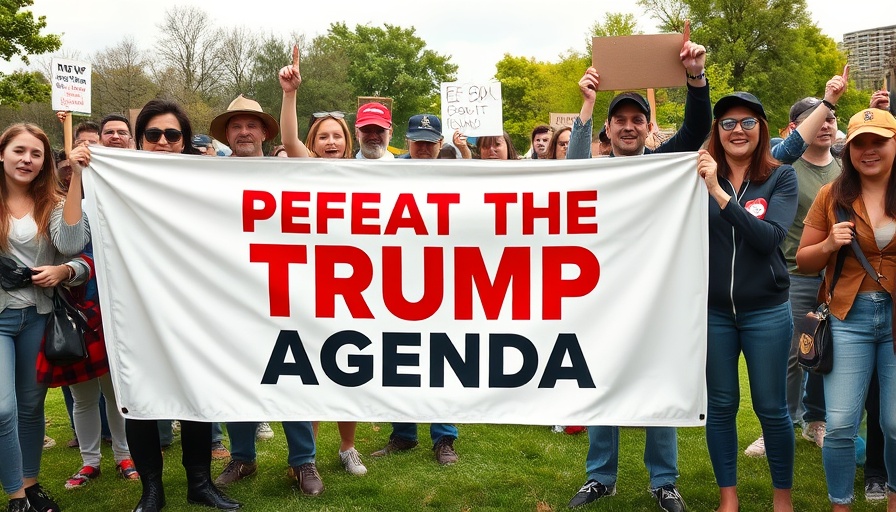
Protests Erupt at Turning Point's Student Action Summit
The annual Turning Point USA's Student Action Summit held in Tampa Bay this past weekend was marked by significant protests, showcasing a stark divide between conservative supporters and demonstrators advocating for various progressive causes. With a backdrop of heightened political tensions, this summit has become a focal point for dialogues surrounding free speech, political activism, and societal change.
Understanding the Turning Point Student Action Summit
This summit, organized by the conservative organization Turning Point USA, aims to engage young conservatives through a series of discussions and networking opportunities. Prominent figures, including Republican lawmakers and influencers from the conservative media landscape, were in attendance, delivering speeches that resonated with the audience's values and beliefs.
While these events typically attract like-minded individuals, this year's summit faced unexpected backlash from outside groups. Protesters, many of whom were students and activists, gathered not only to voice their dissent against the organization’s views but also to highlight issues such as climate change, social justice, and LGBTQ+ rights—values they felt were threatened by the rhetoric and policies promoted at the summit.
The Dynamics of Protest and Political Discourse
The simultaneous presence of protesters and attendees sparked heated exchanges, illuminating the sharp contrasts in political ideology among American youth. Some protesters expressed their discontent through chants and signs, while attendees countered with dialogues emphasizing free speech and the right to assemble. This clash underlines a growing trend where college campuses and public forums serve as battlegrounds for competing ideologies, showcasing a deeper cultural rift that permeates American society.
A Closer Look at Free Speech on Campus
The events at the Turning Point summit raise important questions about free speech in the contemporary political climate. The tumultuous interactions between attendees and protesters reflect not just a clash of opinions, but the complexities involved in navigating free expression within educational and public settings. A critical analysis suggests that while free speech is foundational in American democracy, the application of this principle becomes increasingly contentious when polarizing perspectives intersect.
Historical Context: Free Speech and Protests
Historically, college campuses have served as incubators for social movements and political activism. The late 1960s witnessed widespread protests that often challenged government policies and societal norms. Fast forward to today, and universities find themselves once again at the center of political discourse, drawing upon historical precedents while also grappling with the landscape of modern technology and social media that amplifies both voices of dissent and support.
What These Events Mean for the Future of Activism
The implications of such protests extend beyond the summit itself. They signal a burgeoning youth engagement with politics and activism, resonating with a generation that seeks to carve out their identities amid polarized narratives. Young activists are embracing platforms to articulate their values, using social media to galvanize support and mobilize crowds. As such, the bridge between traditional political gatherings and grassroots activism becomes a pivotal space to understand the evolution of discourse in American society.
Concluding Thoughts: The Importance of Engagement
As Americans continue to navigate these complex sociopolitical waters, engaging in discussions—whether through protests or summits—remains crucial. It's essential for both sides of the political spectrum to seek common ground and foster understanding, even amid disagreement. This engagement creates opportunities for richer dialogues that can bridge gaps between differing ideologies.
For further insights into political dynamics and their impact on society, stay tuned for evolving narratives as they unfold in the national landscape.
 Add Element
Add Element  Add Row
Add Row 



 Add Row
Add Row  Add
Add 


Write A Comment